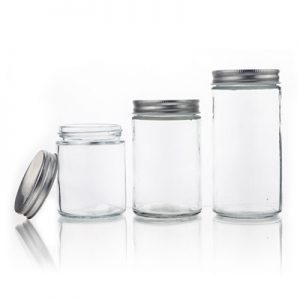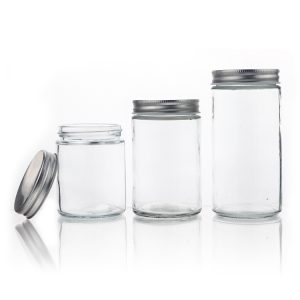The workers in the glass bottle factory first look at the general condition of the product when the bottle is discharged, and then after a period of annealing, the workshop director is carefully inspecting it. The general conditions are as follows. Provide us with an understanding.
Deformation of the glass bottle body: Because the bottle that the forming mold enters has not been completely shaped, at this time, the droplet temperature and the infection temperature are too high, which will often cause the glass bottle to collapse and deform. If the upper part of the bottle body is too heavy, it will be the same. Occasionally, if the bottom of the bottle is not cooled to a certain temperature, the marks of the conveyor belt will be printed and the bottom of the bottle will not be flat.
Glass bottle body material path mark: The glass bottle manufacturer introduces that the material path mark is the most widespread shortcoming of glass bottles. It can be unusually thin, and some can only be created in reflected light. The parts that are often produced are the bottle mouth, neck and shoulders, and there are often traces on the bottle body and bottom, which are caused by the temperature of the furnace at this time.
The thickness of the glass bottle is uneven: Assuming that the glass bottle manufacturer has an uneven glass gob temperature during the processing process, the high temperature part has a small viscosity and is easy to blow thin, and the low temperature part has a large resistance and thicker. In addition, the mold temperature is uneven. The glass with high temperature cools slowly and is easy to be blown thin, and the glass with low temperature is blown thick because the glass cools quickly.
The environment of glass bottle cracks: cracks have various shapes, some are creases, and some are very thin wrinkles. The primary cause is that the gob is too cold, the gob is too long, and the gob does not fall in the center of the prototype It is caused by adhesion on the cavity wall.
Bubbles: The bubbles produced by the glass bottle manufacturer during the forming process are often several large bubbles or small bubbles that are combined together. This is different from the evenly distributed small bubbles of the glass itself.




























